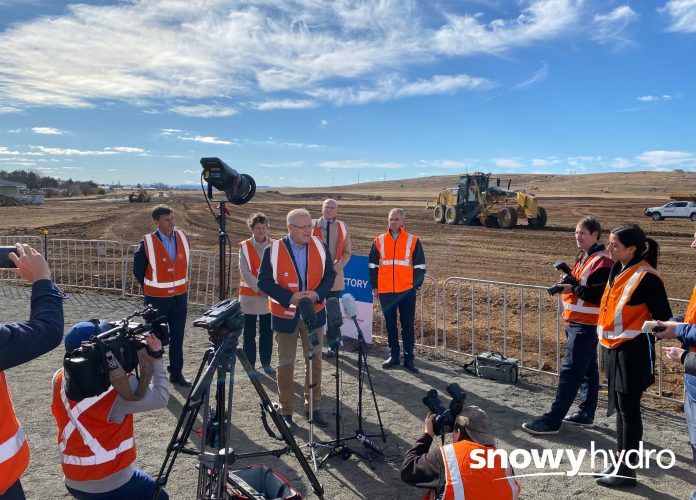
Scott Morrison has given the environmental approval for Snowy Hydro 2.0, Australia’s largest ever renewable energy project.
Snowy 2.0 involves the linking of the Tantangara and Talbingo dams, through a 27km underground tunnel and building a new underground power station. Its vision is to provide flexible, on-demand power while reusing and recycling the water in a closed loop through a mechanism that will pump water to the higher dam when demand for energy is low, and then release water to generate energy when the demand is high.
In a media release on Tuesday the prime minister announced that Commonwealth environmental approval for the project has been granted after a rigorous environmental process.
”This marks the final step in the planning and approvals phase and the beginning of a new wave of jobs and investment for the region, which will guarantee clean, affordable energy and position our country for the future,” the Prime Minister said.
”Just as the original Snowy Hydro project brought jobs and prosperity to Australia after the Second World War, Snowy 2.0 will help Australia grow its way out of the economic challenges from the coronavirus.”
Snowy 2.0 is expected to create over 4000 direct jobs, and numerous indirect jobs as the benefits impact the local businesses and the broader region.
Federal environment minister Sussan Ley has also reassured the public of a vital funding that will ensure the protection of the area’s biodiversity. As part of the approval, Snowy Hydro will invest almost $100 million in biodiversity and environmental enhancements. This includes an offset fund of up to $73.8 million through the NSW National Parks and Wildlife Service to protect threatened species and deliver long-term conservation outcomes, according to the statement.
“The final Commonwealth review resulted in additional conditions around heritage, public transparency on data used to underpin mitigation strategies and the protection of native fish species,” Minister Ley said.
“The approval process ensures the development is built and operated in a way that sensitively avoids, mitigates and rehabilitates environmental impacts while protecting the environment and its rich biodiversity as we move to a clean energy future.”













